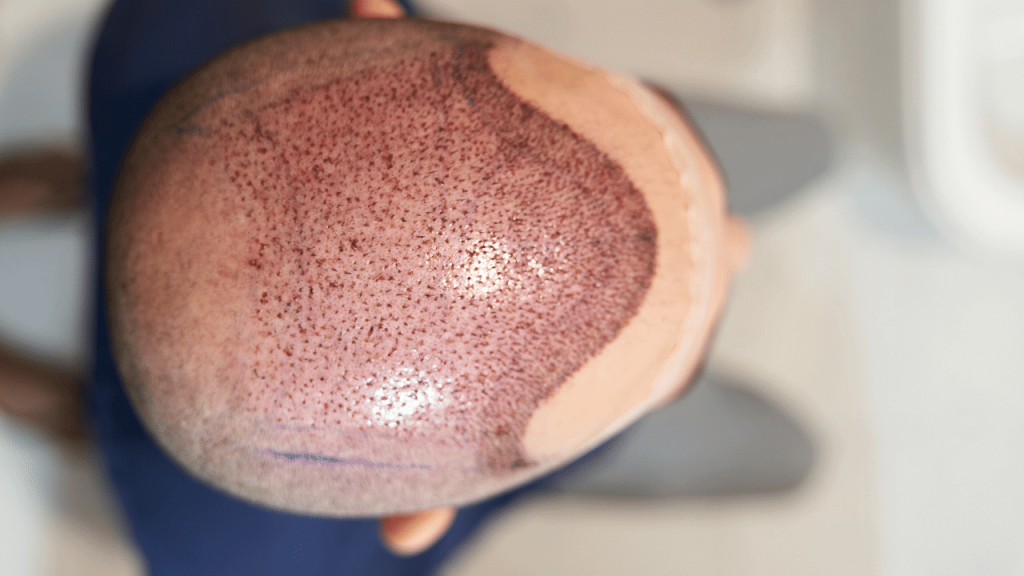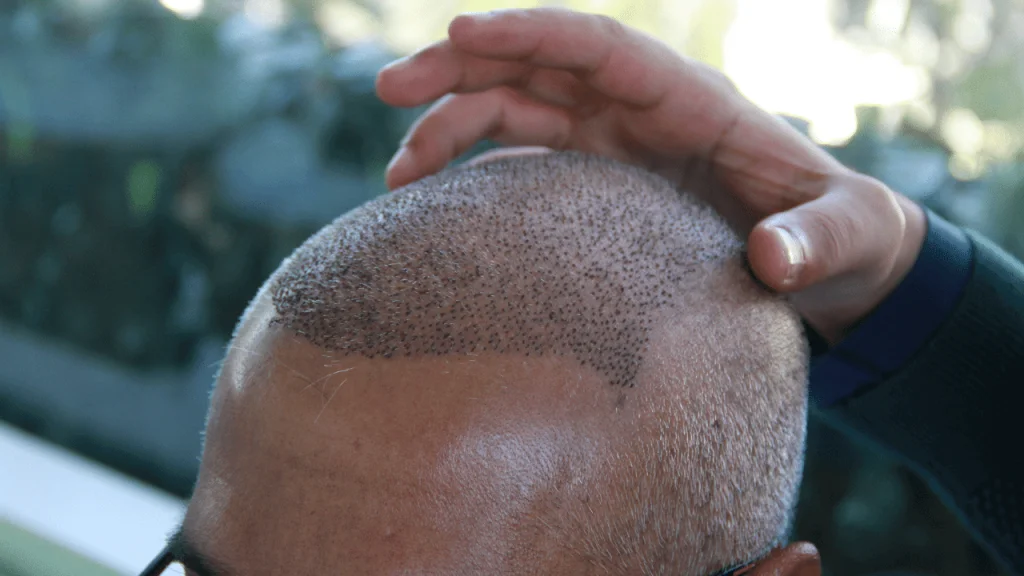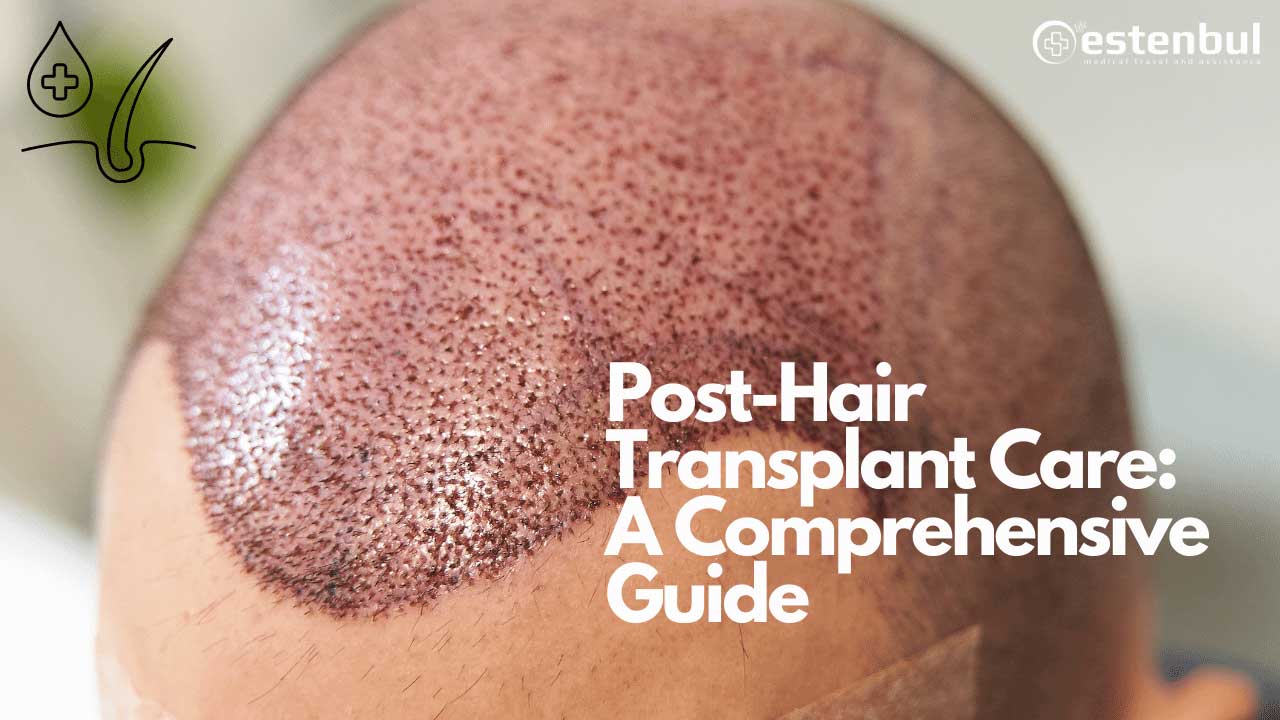Hair transplant surgery is a popular solution for hair loss and thinning hair. However, the success of the surgery is not solely dependent on the procedure itself but also on the post-hair transplant care.
Proper care and maintenance of the scalp are crucial for the success of the surgery and the long-term health of your hair. In this blog, we will provide you with a comprehensive guide on post-hair transplant care.
Day of the Transplant
The day of the transplant can be overwhelming, and it’s essential to know what to expect. Your surgeon will provide you with specific instructions on how to care for your scalp after the surgery.
It’s crucial to follow these instructions to ensure proper healing and regrowth of the transplanted hair. In most cases, you will need to avoid touching or rubbing the scalp, wear loose-fitting clothing, and avoid strenuous activities.

The First Week After the Transplant
During the first week after the transplant, it’s common to experience swelling, discomfort, and scabbing. It’s important to avoid picking or scratching the scabs, as this can damage the newly transplanted hair follicles.
Your surgeon will provide you with instructions on how to care for your scalp during this phase, which may include using a saline spray to keep the scalp clean and moist and avoiding hot showers.

The First Month After the Transplant
The first month after the transplant is critical for the success of the surgery. Your scalp is still healing, and it’s crucial to follow the care instructions provided by your surgeon. During this phase, you may begin using a gentle shampoo and conditioner, but it’s important to avoid products that contain harsh chemicals.
You should also avoid exposing your scalp to direct sunlight, which can damage the hair follicles.
The First Six Months After the Transplant
The first six months after the transplant is a crucial phase for regrowth. During this phase, you may experience shedding, which is a normal part of the process.
Your surgeon will provide you with instructions on how to care for your scalp during this phase, which may include massaging the scalp to improve blood flow and stimulate hair growth. It’s also essential to avoid using styling products that contain alcohol, as this can dry out the scalp.
Long-Term Care After a Hair Transplant
Long-term care is essential for maintaining healthy hair after a hair transplant. It’s important to avoid exposure to direct sunlight, use gentle products on your scalp, and avoid harsh styling practices. Additionally, maintaining a healthy diet and exercise routine can also improve the health of your hair.
Conclusion
Post-hair transplant care is essential for the success of the surgery and the long-term health of your hair. It’s crucial to follow the care instructions provided by your surgeon and avoid certain activities that can damage the newly transplanted hair follicles.
By following the care instructions and maintaining healthy habits, you can achieve successful results and maintain healthy hair for years to come. If you have any questions or concerns about post-hair transplant care, don’t hesitate to contact your surgeon.

